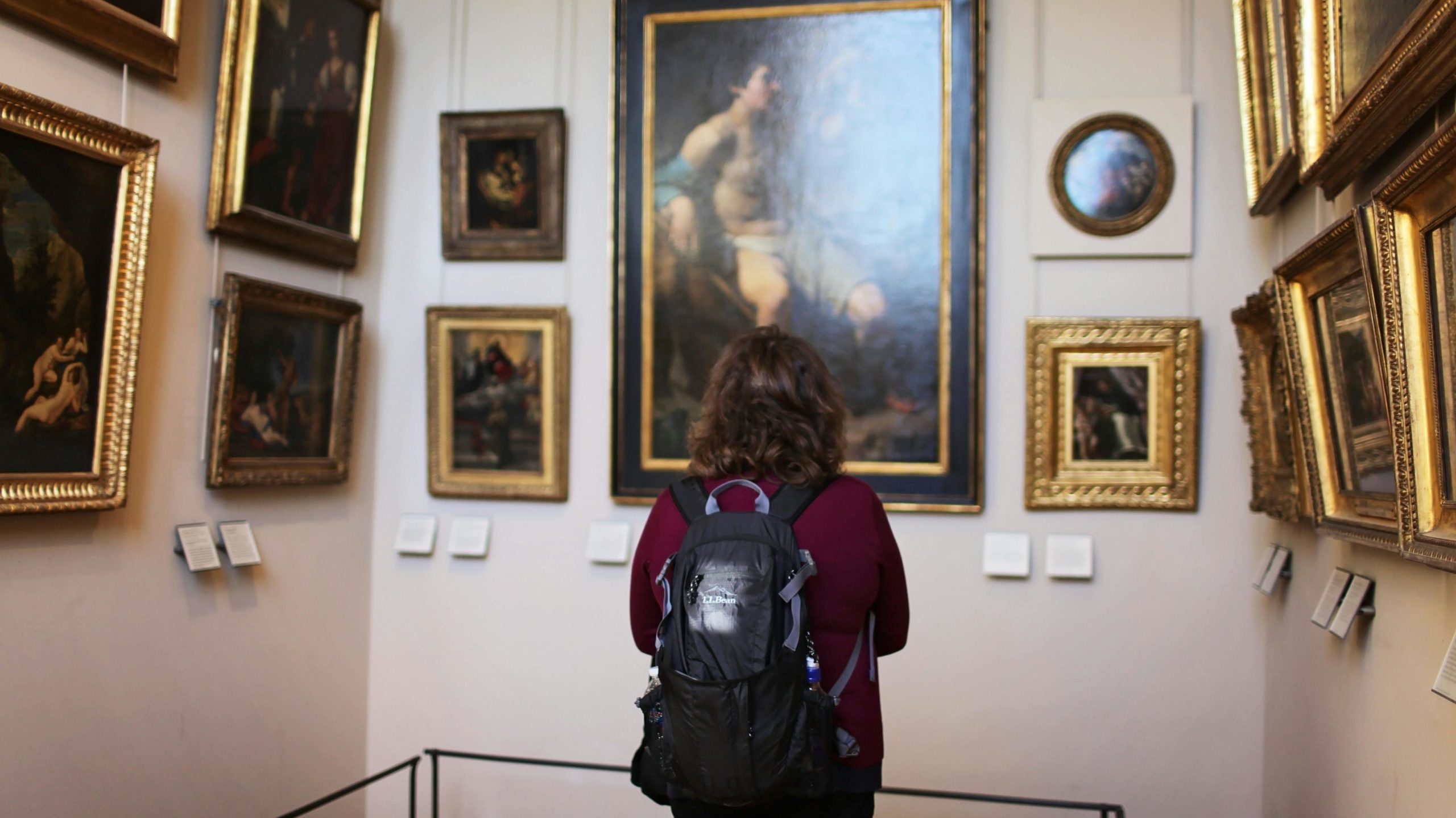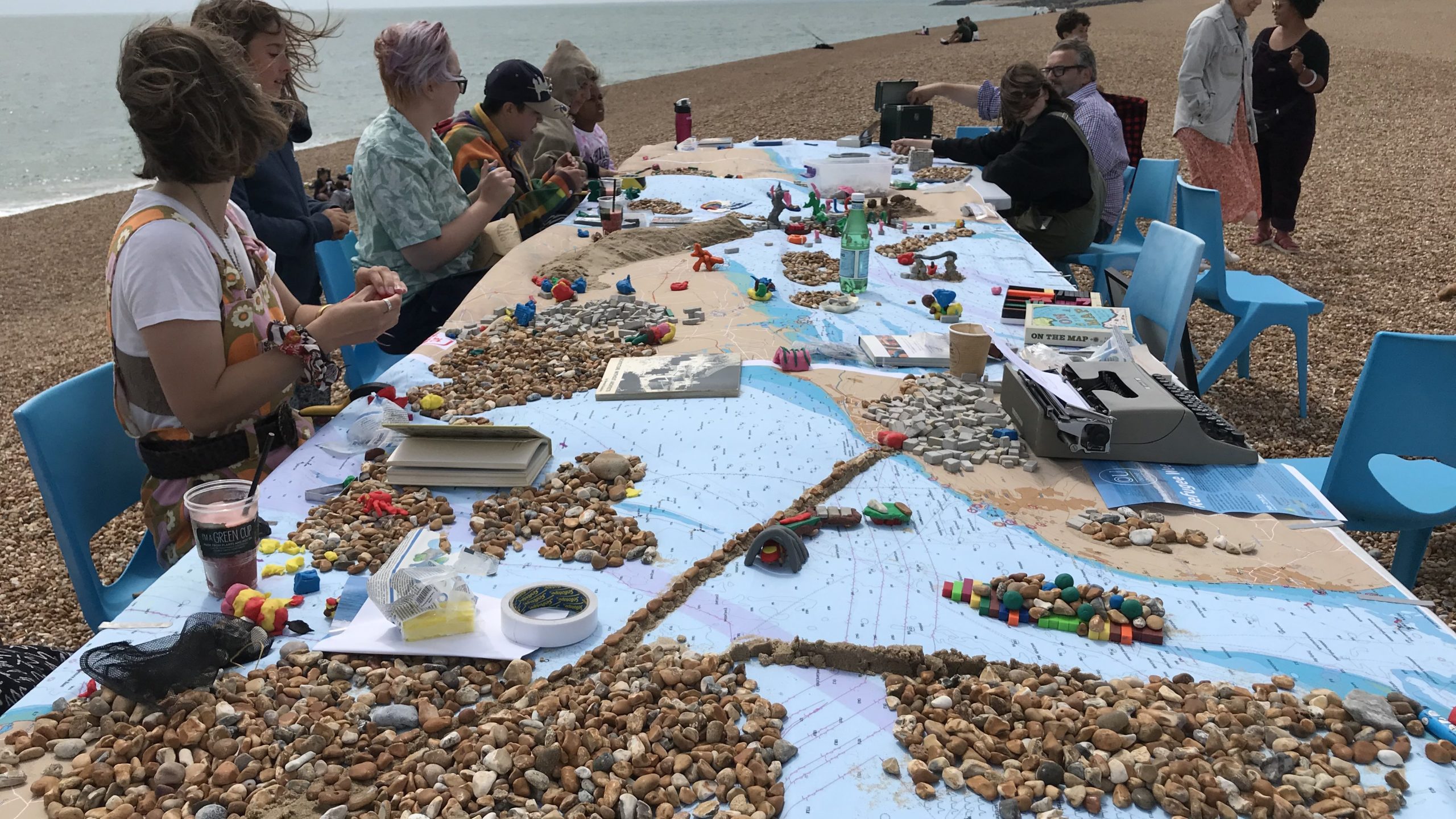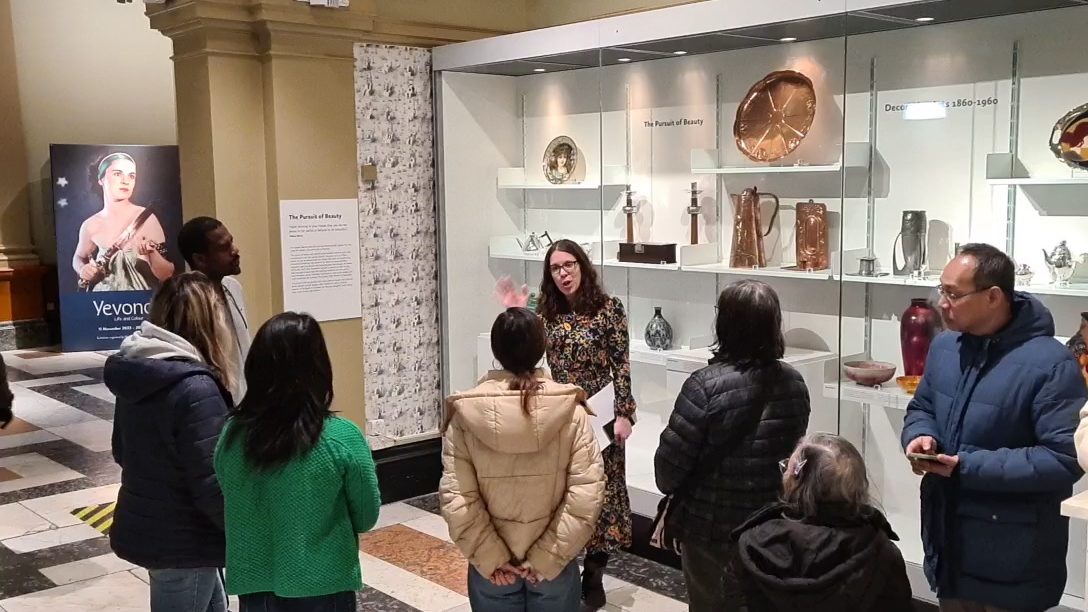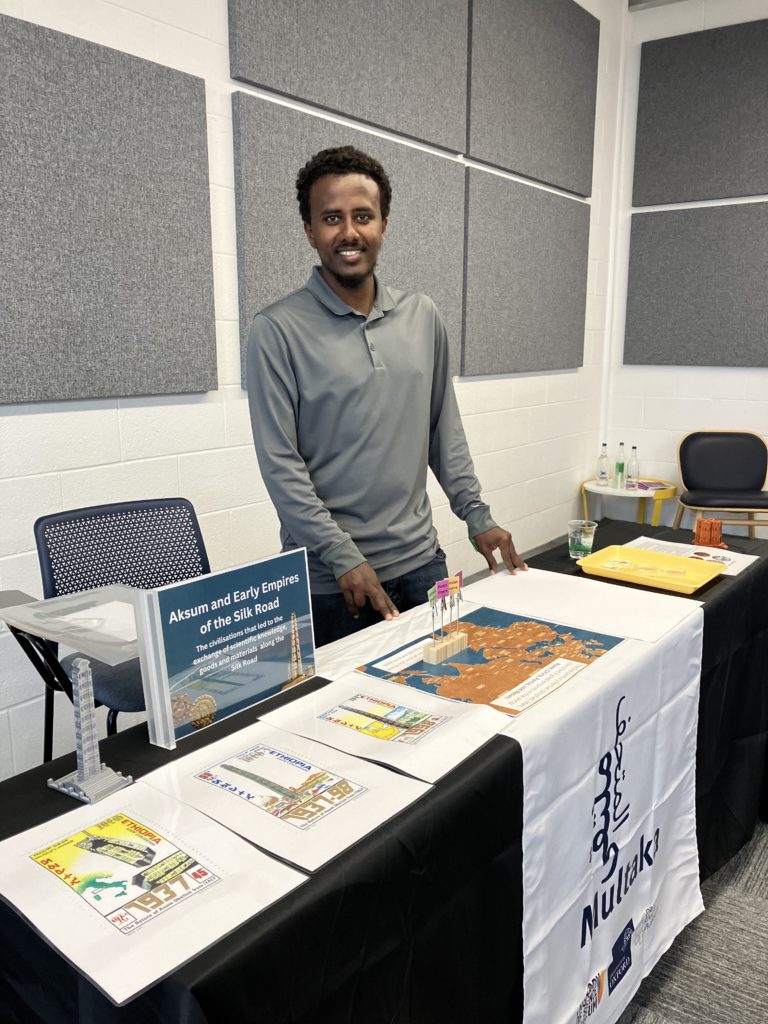Principles for Meaningful Refugee Participation
Dr Cara Courage
These workshops, held at a national cultural institution in Manchester and London, created a space for museum professionals, academics, and practice and community leaders to critically engage with best practices in working with refugee communities, in the context of the museum. Through these discussions, it became evident that museum work with refugees must go beyond short-term interventions and tokenistic engagement, embedding participation structurally and ethically within institutional frameworks.
The emergent principles from the workshops not only align with current best practices in the Galleries, Libraries, Archives, and Museums (GLAM) sector but also highlight the systemic barriers and shifts needed to create truly participatory, inclusive, and trauma-informed spaces.

1. Long-Term Commitment and Institutional Integration
One of the strongest themes from the workshops was the urgency of embedding refugee participation into museums’ long-term strategies, rather than framing engagement as temporary, project-based, or responsive only to moments of crisis. The historical tendency of cultural institutions to rely on short-term funding cycles has led to fractured relationships with refugee communities, where trust is built and then lost due to institutional neglect.
Institutions such as Multaka Oxford have demonstrated how participatory practices can be integrated into business plans, ensuring that engagement with displaced communities is not dependent on a single project or staff member’s enthusiasm but becomes part of the organisation’s core operations. This requires structural investment, as well as accountability mechanisms, to prevent participatory work from being deprioritised when funding shifts or staff members move on.
The concept of legacy was also central to discussions: how do museums sustain relationships and commitments beyond the funding period? Examples from Afrocats illustrated that continued community relationships can be maintained through partnerships, consultation groups, and ongoing involvement, even when specific projects end.

2. ‘The Speed of Trust’ – Relationship and Community Building
A key learning from the workshops was that effective engagement cannot be rushed. One participant described this as working ‘at the speed of trust’—meaning that museums must invest time in relationship-building rather than imposing their own structures or timelines onto community engagement efforts.
Participants highlighted the importance of creating spaces where refugees feel genuinely welcome, rather than institutionally scrutinised. The role of museums in fostering hospitality—such as through providing neutral, safe, and comfortable spaces—was noted as particularly effective in long-term relationship-building. Institutional practice of offering free teas and coffees, food, and space to meet was cited as an example of how small gestures can create meaningful, ongoing connections.
Moreover, institutions were challenged to rethink where engagement happens. One museum’s presence in a shopping centre, rather than a traditional museum space, was discussed as a model for increasing accessibility and reaching communities who may not otherwise engage with cultural institutions. Similarly, one arts festival’s work outside of conventional museum walls emphasised the importance of meeting people where they are, rather than expecting communities to navigate intimidating institutional structures.
3. Ethical Representation and Storytelling
The ethics of representation in exhibitions and collections were a critical concern, with participants cautioning against extractive storytelling that reduces refugees to narratives of trauma. Discussions stressed that museums must move beyond a reliance on objects to tell stories and instead platform lived experience voices, ensuring that narratives are co-created rather than imposed.
The role of storytelling was discussed as a powerful mechanism for shifting public perceptions and fostering empathy, but it was also acknowledged that storytelling can be fraught with ethical complexities. Institutions must take care not to frame refugee experiences in ways that reinforce stereotypes or diminish individual agency. Participants pointed to the Migration Museum’s participatory storytelling initiatives demonstrate how museums can create opportunities for self-representation that move beyond the ‘victim’ narrative.
The Imperial War Museum was mentioned as an institution integrating historical and contemporary refugee experiences in its Refugees: Forced to Flee exhibition, highlighted another challenge: maintaining balance while acknowledging the political dimensions of forced migration. Elsewhere, participants also raised concerns about how museum displays can be triggering for some visitors—particularly those with lived experience of war or displacement. The need for trauma-informed curation, including signposting potentially distressing content and providing alternative pathways through exhibitions, was underscored as an essential ethical practice.

4. Trauma-Informed Practice and Duty of Care
The need for trauma-informed practice was a recurring theme, with participants stressing that museums must train staff at all levels to recognise and mitigate potential harm. Several institutions, including some of those in attendance, had already embedded trauma-awareness training into their induction processes, ensuring that all staff—not just community engagement teams—are equipped to work sensitively with refugee communities.
Trauma-informed practice also requires reconsidering how museums frame engagement. One critical discussion point was the risk of re-traumatisation when institutions ask refugees to ‘tell their stories’ in ways that force them to relive painful experiences. Instead, museums were encouraged to create alternative modes of engagement—such as creative activities, object-based storytelling, or participatory exhibitions—that allow individuals to share on their own terms.
The workshops also highlighted the emotional labour involved in this work, both for staff and for participants. This underscored the need for institutional policies that support wellbeing, such as providing psychological support for both staff and participants engaged in sensitive projects.
5. Payment, Compensation, and Structural Barriers
The issue of fair remuneration for refugee participants was a significant concern, with discussions highlighting how many institutions struggle to compensate individuals due to bureaucratic or funding constraints. It was noted that some participants cannot legally be paid due to their immigration status, creating ethical dilemmas around equity and exploitation.
Alternatives such as travel reimbursements, meal provisions, and vouchers were discussed, but concerns were raised that these solutions often do not equate to fair pay for labour. Several participants called for sector-wide guidelines on participant remuneration, similar to existing artist day-rate standards, to ensure that refugee contributors are adequately recognised and compensated for their time and expertise.

6. Institutional Anxiety, Humility, and Learning
Another emergent theme was the institutional anxiety that often prevents museums from taking meaningful action in refugee engagement. Institutions were encouraged to embrace institutional humility—acknowledging that they may not have all the answers and must be willing to learn from communities, rather than positioning themselves as experts.
Participants also raised concerns about institutional memory—how knowledge and learning from refugee engagement work is retained within organisations beyond the tenure of individual staff members. This underscored the need for museums to develop structured learning frameworks, ensuring that insights from participatory projects are institutionalised rather than lost when funding ends or teams change.
7. The Role of Museums in the Wider Social Context
Finally, the workshops raised the question of whether museums should remain neutral spaces or actively challenge dominant political narratives. Some national museums might have difficulty maintaining an ‘apolitical’ stance while addressing inherently political issues such as forced migration, and was discussed as a tension that many institutions face.
Some participants argued that museums have a responsibility to actively counter misinformation and xenophobia by providing historical and contemporary context on migration. Others stressed the need for museums to work across communities—not only serving refugee audiences but also engaging host communities in conversations about belonging, migration, and shared history.
Towards a Code of Practice
The workshops highlighted that refugee participation in museums cannot be approached as an optional add-on—it must be embedded within institutional structures, with clear ethical guidelines and long-term commitments. The principles outlined above provide a foundation for sector-wide best practice, but they must be accompanied by accountability mechanisms to ensure lasting impact.
By embracing these principles, museums can shift from extractive models of engagement to truly collaborative, equitable, and transformative practices. This requires bold institutional leadership, ongoing reflection, and a commitment to working at the speed of trust, ensuring that refugee participation is not just welcomed, but meaningfully integrated into the future of museum practice.